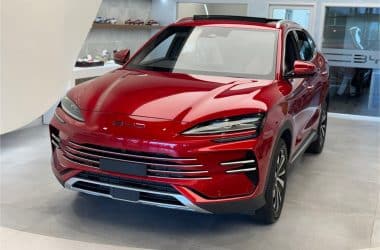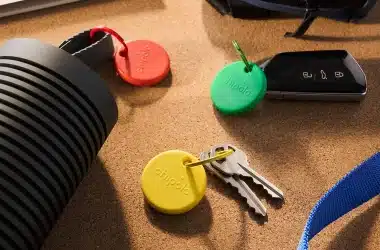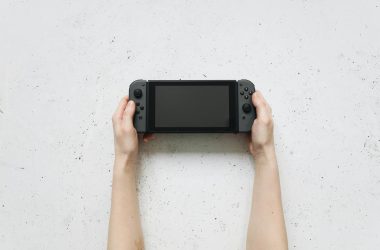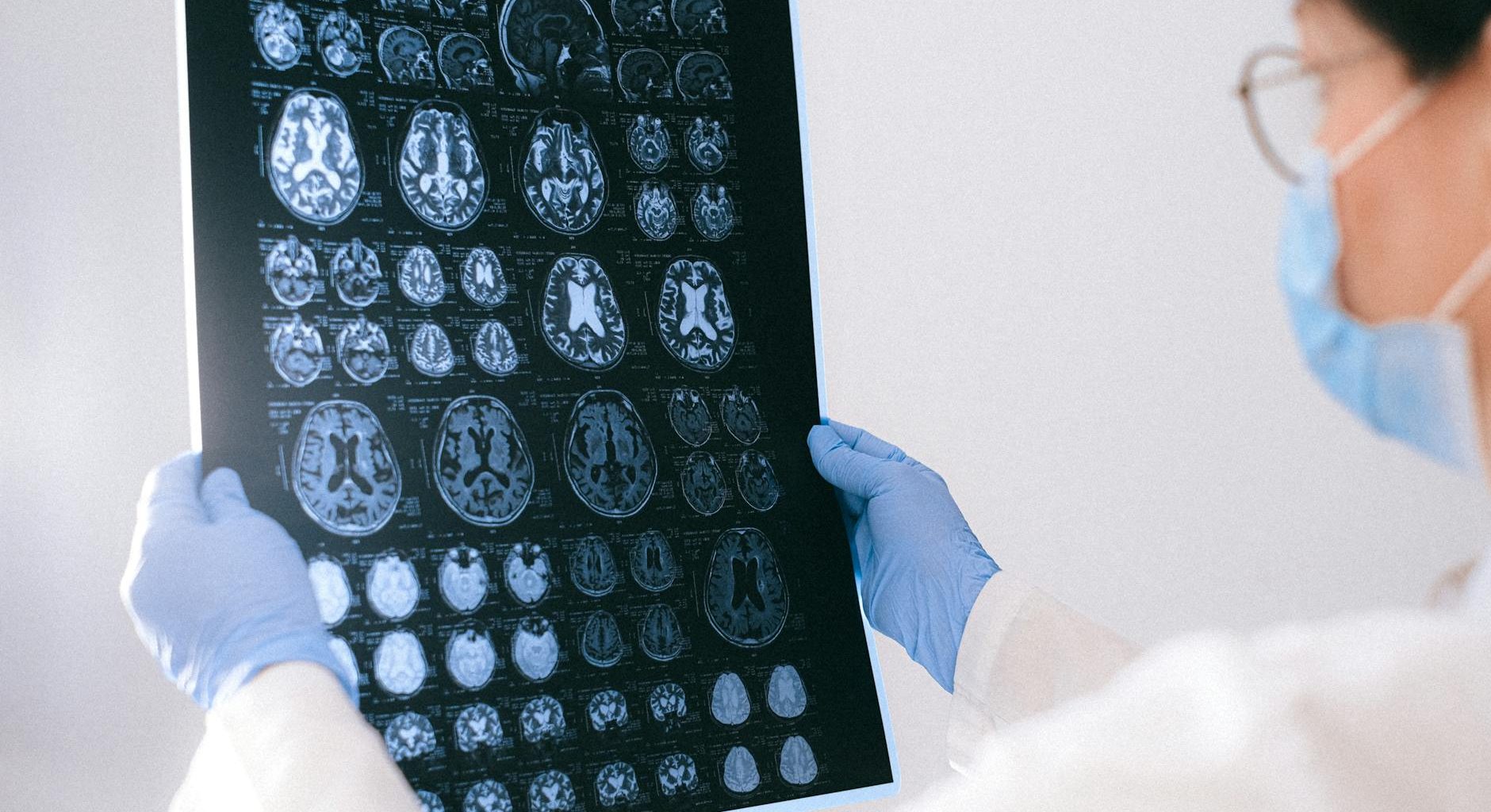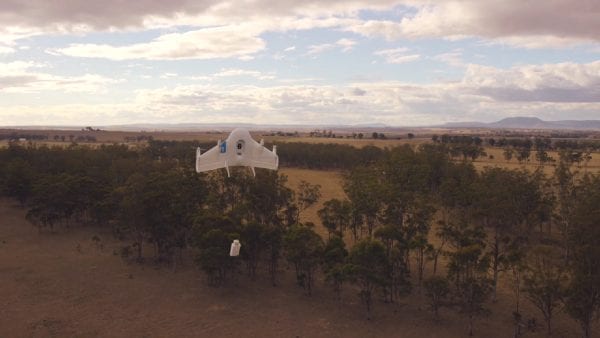The Neuralink brain computer interface (BCI) recently started its human trials, and it was installed in 29-year-old Noland Arbaugh. Noland is quadriplegic and had the implant installed on January 28. The patient appeared to be doing well during the first weeks according to Elon Musk. He also noted that it helped him to function. However, the Neuralink implant is now experiencing impaired connectivity.
This can negatively affect cursor control, which is a setback considering that Noland was using it to control the cursor on his laptop so he could have some independence by doing things on his own.
“In the weeks following the surgery, a number of threads retracted from the brain, resulting in a net decrease in the number of effective electrodes. This led to a reduction in BPS. In response to this change, we modified the recording algorithm to be more sensitive to neural population signals, improved the techniques to translate these signals into cursor movements, and enhanced the user interface”, according to a Neuralink blog post.
The blog post said that the Noland’s performance is now better than it was initially due to the algorithm improvement.

